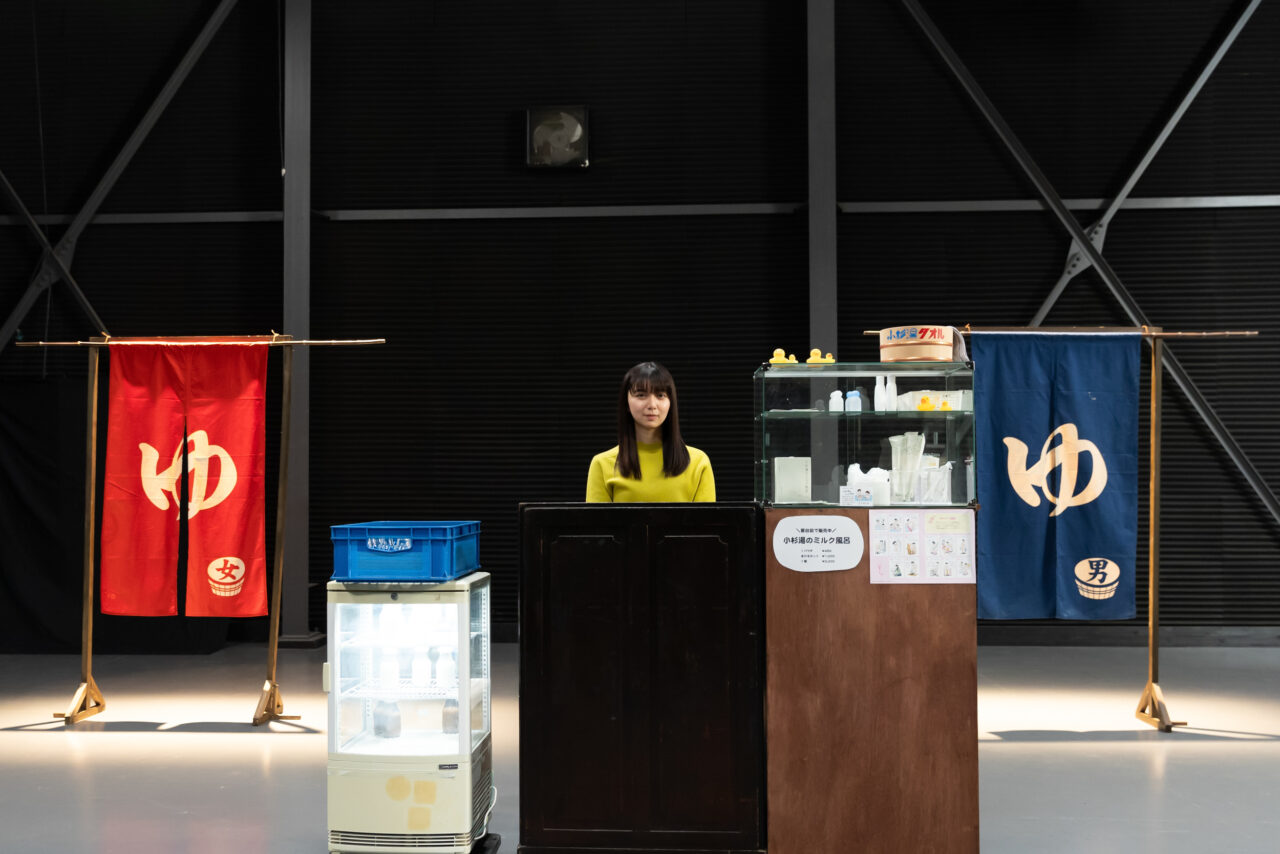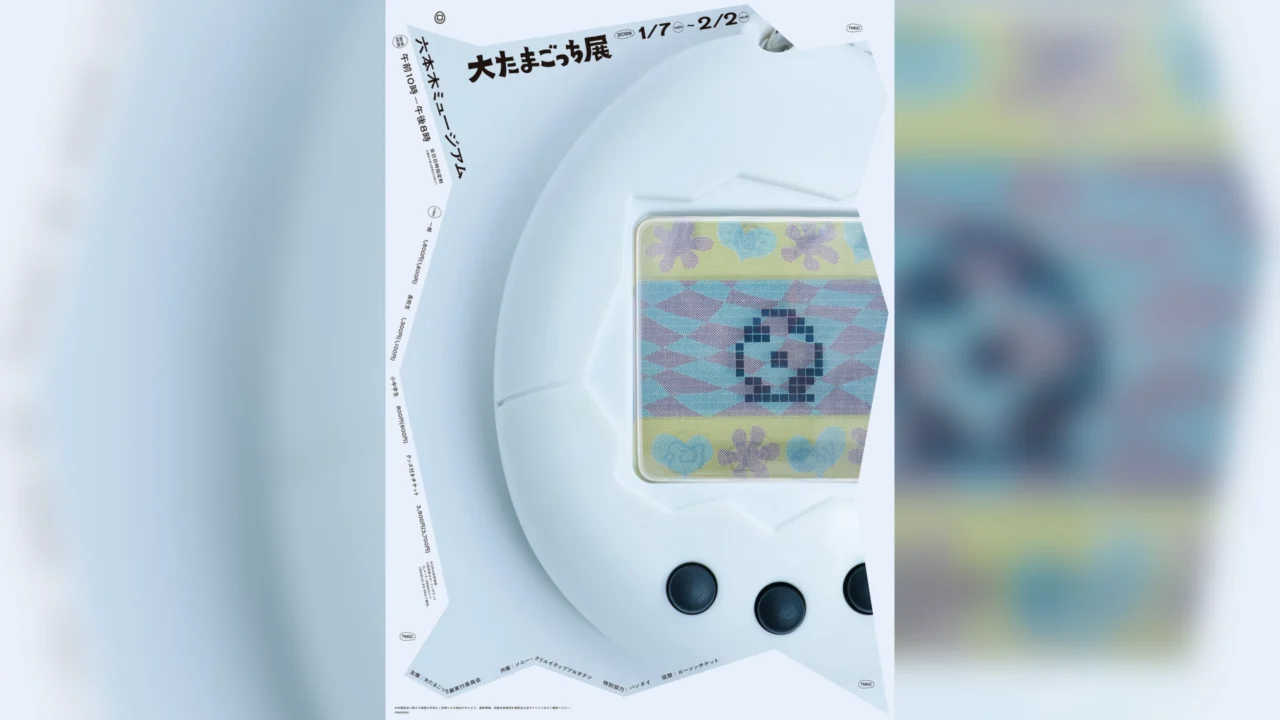INDEX
Creating Room for Viewer Projection: Integrating Stage Direction in Visual Media
The cast includes a range of characters: a university student in his twenties struggling with expressing anger, a young woman encountering two people with the same name in a quiet music box museum where she works part-time, a man in his thirties crossing paths occasionally with his childhood crush, and a man in his fifties facing repeated failures in the bar exam and financial debts to his family. Despite their varied ages and backgrounds, they share a common theme of resignation towards life. Some accept an early exit, while others yearn for it. Each character carries personal struggles and pains that deeply resonate with viewers, presenting narratives that cannot be ignored as mere bystanders.
These human complexities are brought to life by a talented ensemble of actors, with Takeshi Kitano leading as Ozawa. The cast includes Daishi Nakata, Shota Sometani, Moeka Hoshizaki, So Morita, Kanji Furutachi, Tetsu Hirahara, Tomoko Nakajima, and Masataka Kubota, portraying life’s wounds and regrets in a way that feels both familiar and profoundly moving, firmly rooted in reality.

Furthermore, as Kato expressed in his comments at the project’s announcement, “I grew tired of being told that theater feels cinematic and film feels theatrical. This time, I brought in elements from both worlds to create a drama that is neither clearly ‘film-like’ nor ‘theatrical.’ This approach assumes a distinct definition of cinematic and theatrical techniques.”
True to this vision, one distinctive feature of the series is its theatrical segments within the drama, which evoke the experience of watching a stage play. Each character’s flashback scenes are shot using theatrical methods on studio sets. With just six studio actors, approximately 150 roles are portrayed, with cast members changing sets and costumes on camera. The soundtrack, composed by the rock band UNCHAIN, accompanies the performances on set, further emphasizing the theatrical approach akin to stage production.
The use of minimal props on studio sets—such as classroom desks, bedroom beds, and windows—sets the scene minimally. While it employs theatrical techniques, it also encourages viewers to engage their imagination, filling in the gaps with their own mental imagery. Unlike traditional visual content, which provides detailed visual information, this approach leaves room for uncertainty, allowing viewers to overlay their own interpretations onto elements like room wallpaper or the sky’s color. Gradually, viewers find themselves empathizing with the characters’ emotions as if they were active participants in the story.


























